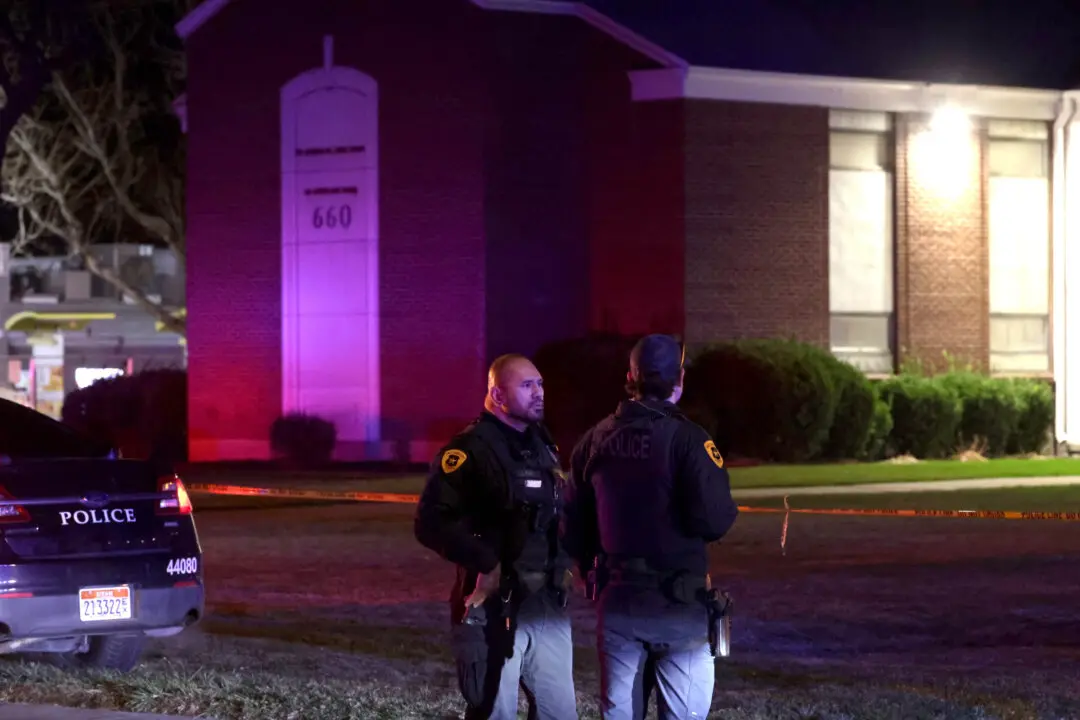WASHINGTON—In the last two months, two Minnesota men have admitted they plotted to travel to Syria to fight alongside ISIS, a New Jersey man pleaded guilty to helping his brother fly to the Middle East to join extremists, and a 20-year-old intercepted at a Chicago airport took responsibility for backing the terror group.
The defendants, among dozens arrested in the last year, will ultimately be released into the society they railed against. Even as the Obama administration launches programs to keep young adults from embracing extremist messages in the first place, there’s broad agreement that more needs to be done to de-radicalize terror suspects who entered prison after absorbing the violent ideology of the Islamic State in Iraq and Syria (ISIS) and will someday return to neighborhoods.
“Not addressing these issues in the correctional facilities, you run the risk of the person being more of an extremist” than before, said John Cohen, a Rutgers professor of criminal justice and former counterterrorism coordinator at the Homeland Security Department.
Concerns about prisoner rehabilitation obviously aren’t limited to terror suspects, but the issue has gained fresh attention as the FBI continues its arrests of American supporters of the ISIS group. The FBI and Justice Department, acknowledging that prosecutions aren’t the entire answer, have begun discussing more openly the need for community and family intervention before legal trouble occurs, and for ensuring convicts have access to services before rejoining their communities.
The Bureau of Prisons holds about 350 prisoners with a history of, or connection to, international terrorism, said spokesman Ed Ross. Only a fraction will remain imprisoned for life. Nearly 100 of them are due for release within five years.
John Carlin, the Justice Department’s top national security official, lamented at a public appearance last month that while there’s help to re-acclimate gang members or domestic violence offenders, there’s no similar effort aimed at terrorism-related convicts.
“We don’t have the same resources in place now of established groups in the community, nonprofit groups who have an expertise in this area—and it’s where we need one,” Carlin said.
The bureau says it works to ensure radical ideas aren’t being spread in prisons, and it offers job training, education, and substance abuse treatment for all inmates, Ross said. But none of that is tailored for the relatively small population of terror-related convicts.





